BORROWING MEMORIES
Lots of us mixed kids, second gen kids or third culture kids tend to fixate on our roots. We are looking backwards for answers and it’s interesting because you build up a romantic version of something and it’s easy to glorify memories that are not even your own. We borrow our parents memories, we research from afar and finally we try to reconnect if we get the chance. I never knew the name of this phenomenon but reading about it in Jenny Lau’s book An A-Z of chinese food I learned that the proper term is intergenerational nostalgia or meta nostalgia. It is also summarised really well in this post by psychologist Clay Routledge.
More specifically for us with immigrant parents or parents from different countries, I think one of the reasons this is so common is because we always get challenged with “the authenticity test”. We are being perceived differently by people scanning us, trying to figure out our levels of this or that and they’ll ask things as “do you speak any of the languages, where you born there, have you lived there”? And it’s mostly harmless questions, but then there are people who are not really asking but rather telling you that you can’t be what you claim because what they see from their narrow perspective doesn’t line up with your truth. So it’s deeply rooted in us to prove we belong somewhere because the misstrust about something as basic as your origin gradually becomes a shameful burden. This in combination with otherness leads to more internalised shame and a feeling of not being enough, so we become sponges soaking up whatever information we can come by to close the distance to where we feel removed from. And on the flip side there’s also the anti reaction of stubborness and the relentless wanting to be yourself without any reservations, and an anger is born which is gasoline on the fire. Being constructively angry is a gift from above 😎
We all find our solutions to this problem hopefully and mine was always in the name Swilipino. I’m either both or none of them, and instead something new (depending on how you interpret it). I have gone through the whole gamut of emotions surrounding this topic, and seeing it from multiple perspectives at different times has been the solution to breaking free from the feeling of being inadequate. The only way was through all the negative emotions and interactions, and embracing the bad times is a very healthy thing to do for your personal development. We all have our daily struggles and we are blessed that we do, it makes us more compassionate people.
Now that I have given you the background to why I’m obsessed with my mother and her past 😅 I also want to ensure you that there is also JOY in what I do and researching my heritage and craft is one of the biggest pleasures and privileges of my life. My mind is generally consumed by food and it’s movements and chasing the next meal starts with researching an old meal (and just like I cook I think). A healthy portion of the past mixed with a refreshing dose of the future - a great recipe (or solution to your identity issues).
I travelled very far to eat some food that I often pay tribute to and in the name of accuracy I’m glad I did because it was a full circle moment. Having only visited my mums birthplace, Basilan, once before as a child I don’t actually remember much of it. There are a few stray memories like the smell of grilled chicken and the heavy scent of ylang ylang mixed in with the evening air, street cats begging for food, and me and my sis being terrified of tokay lizards that someone told us would bite us in our necks and that they wouldn’t let go until you put up a mirror next to them and they would see their own reflection. Total scam I found out when I asked about this recently.
To be back and this time with intent was a completely different experience. As a kid you are not aware of the societal nuances (especially if everything else is also new to you so you can’t make out the difference) but as a grown up they are more easily spotted. The Zamboanga and Sulu area is unique in the way that there are muslims and christians made up by different ethnic groups, living side by side. There are Zamboangueño (hispanized people including subanon tribe), moro (muslim majority ethnic group including tausug, yakan tribes etc.) and various other indigenous Filipino groups. The lingua franca is called chabacano and it’s a spanish based creole language which is a remnant from the spaniard occupation. There is so much colonial history and stories of migration in this area and it’s complexity is still reflected today. The moro conflict has spanned over decades and the area has for a long time been deemed unsafe due to kidnappings and other violence. In contemporary time it was peaking in the early 2000’s and this has had a big influence of tourists staying away. This is also reinforced by travelling advice issued by goverments still up to this day. My own feeling about the safety issue is heavily influenced by my relatives experiences living there. Most of them have moved to other islands, some by force and some by choice, leaving only two of my uncles there. My mom and auntie where very nervous bringing us to Zamboanga due to my pasty skin and the fact that Abdul could be confused with being an american 😆 They straight up refused going to Basilan and maybe it’s not worth challenging fate for eating (tbh from a gluttons perspective I disagree and think it is worth the risk but no overstepping the motherunit in this case). Our visit was mostly calm (except from one incident with a scary dude in the airport harassing Abdul) and we got to eat all the local food that are more aligned with my tastebuds than other regional filipino cooking. I am more inclined to heavy spices and heady taste and in the moro cuisine you find exactly this.
TAUSUG CUISINE
My first impression was that the communities are not mixing. People live together but seem to keep within their own groups and customs. And to a certain extent I think this might be the case but looking a bit closer there’s a local identity spanning over religious believes. My family are zamboanguitos but they grew up alongside the other tribes so inavoidably the culture has spilled over. My mom has fond memories of being gifted various dishes by muslim neighbours growing up and her favourite was a dessert called lokot lokot.
A lot of the dishes that I love belong to the Tausug culture. In the foreword to The Tausug cookbook by Abdulaziz Hasan Hamsain, Dr Benj. S describes the Tausug cuisine to have an ancient austronesian legacy with adopted features from the indians, malays and other asians, engendering the spicy and peppery typicality. Example of some dishes are Tiyula Itum (black soup), piyannggang manok, satti (skewered bbq meat), kulma (based on indian korma), utak utak (fish cakes), kiyuning rice, sambal, bubuk, pastil, oko oko (sea urchin stuffed with rice then steamed), lokot lokot aka Jaa or zambo rolls, daral (crepes filled with sweet grated coconut), juwalan (battered and fried bananas).
The first stop on the eating trip was to inhale as much of the above as possible. We had lunch at Dennis Coffe garden, a female founded business specialising in tausug food and sulu coffee (kahawa sug), and they are also leaders in preserving and representing the Tausug culture and cuisine. We had a dulang with mixed dishes and it was superb. Tasting the original was important to fill in the gaps and it had to be experienced first hand so I can stop being a memory thief.
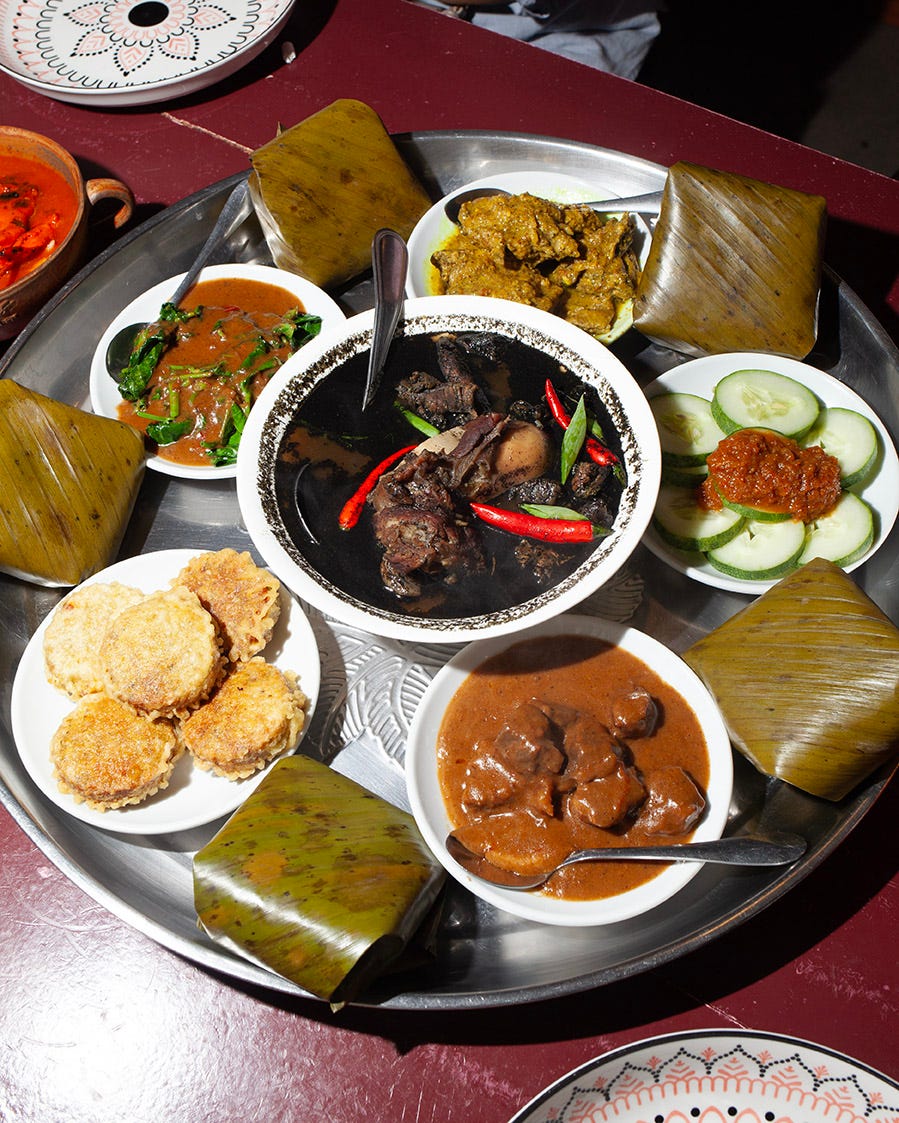
We also went on a dessert bender:
The baulu is like a Madeleine (sorry for using this as a reference but I don’t know any better lol), the panyam is rice flour mixed with coconut milk and muscovado sugar which is then deep fried - heavy but tasty and chewy, lokot lokot is also made out of rice flour and brown sugar then deep fried but using a coconut with holes (like a strainer) creating a circular lace that you roll up to a crispy roll with wooden sticks in the oil whilst frying.
Above is the tausug version of banana fritters called juwalan and it was served with a coconut caramel. Using saba bananas that weren’t too sweet made the balance perfect together with the caramel. The daral to the right is a crepe filled with hinti, a mix made with grated coconut that is cooked down with sugar until it gets dry. Magical and the second runner up on my list.
Saving the best for last and my number 1 would be wadjit. Purple glutinious rice cooked down in coconut milk, brown sugar and a hint of vanilla, wrapped up in banana leaves so they are easy to heat up at a later time. This with some kahawa sug was satisfaction level completed and exceeded.
Another note to finish - the Tausug are real wizards when it comes to using coconut in multiple ways. Mind forever blown.
ALAVAR SEAFOOD RESTAURANT
We also wanted to come and eat at the legendary restaurant Alavar. It’s labelled a seafood restaurant but they also have other items on their menu as grilled meats and salads but we came specifically for the regional specialty, curacha alavar - spanner crab in Alavar sauce.
It’s a funny looking crab easy to distinguish and praised for it’s meat and very tasty, but the main attraction was the mythical Alavar sauce. With a secret recipy guarded tightly it is only available in the restaurants or through their product line selling the sauces in packets. Many people have tried to recreate the sauce (including me) that was invented by Maria Teresa Camins Alavar. The key ingredients are coconut milk (probably roasted), crab roe paste (talangka) and various spices. The sauce has been lifted to cult status and I have really enjoyed tracing this mystery. My own attempts to recreate the sauce have come pretty close but since I am a spice fiend it is packing more heat 🌶️🌶️🌶️ With this visit my quest has ended and I look forward to what will be the next mysterious nut to crack.





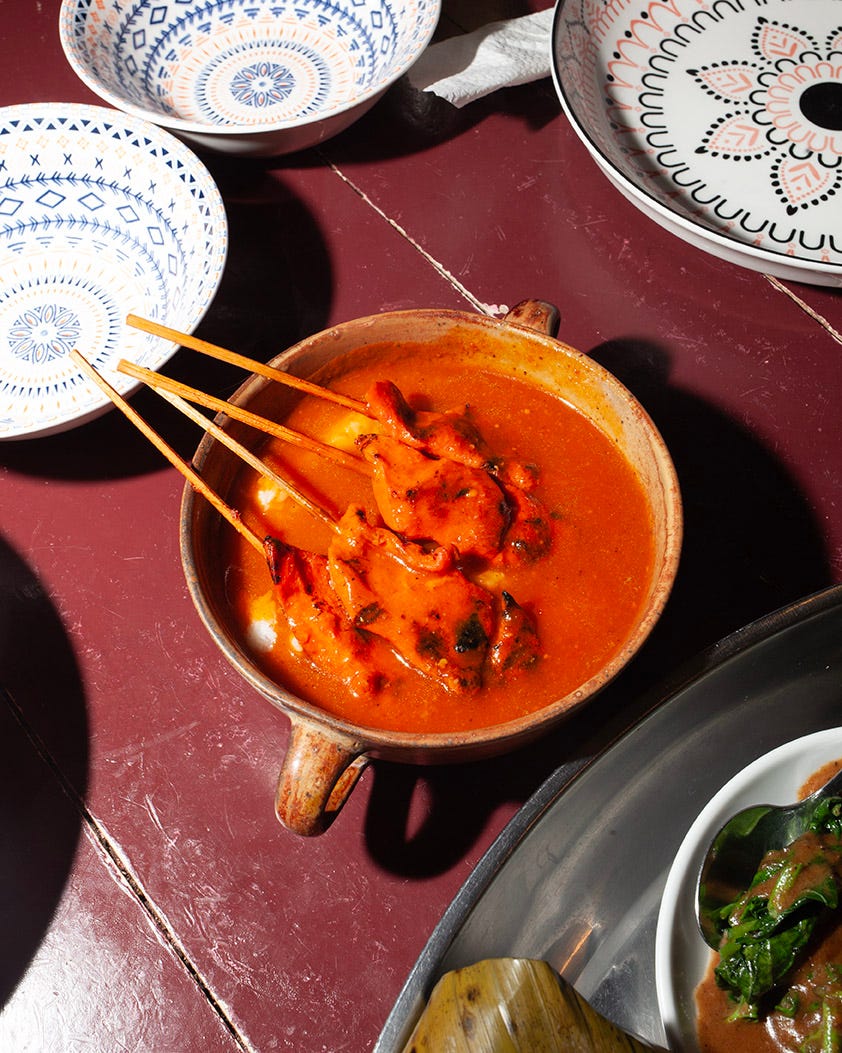
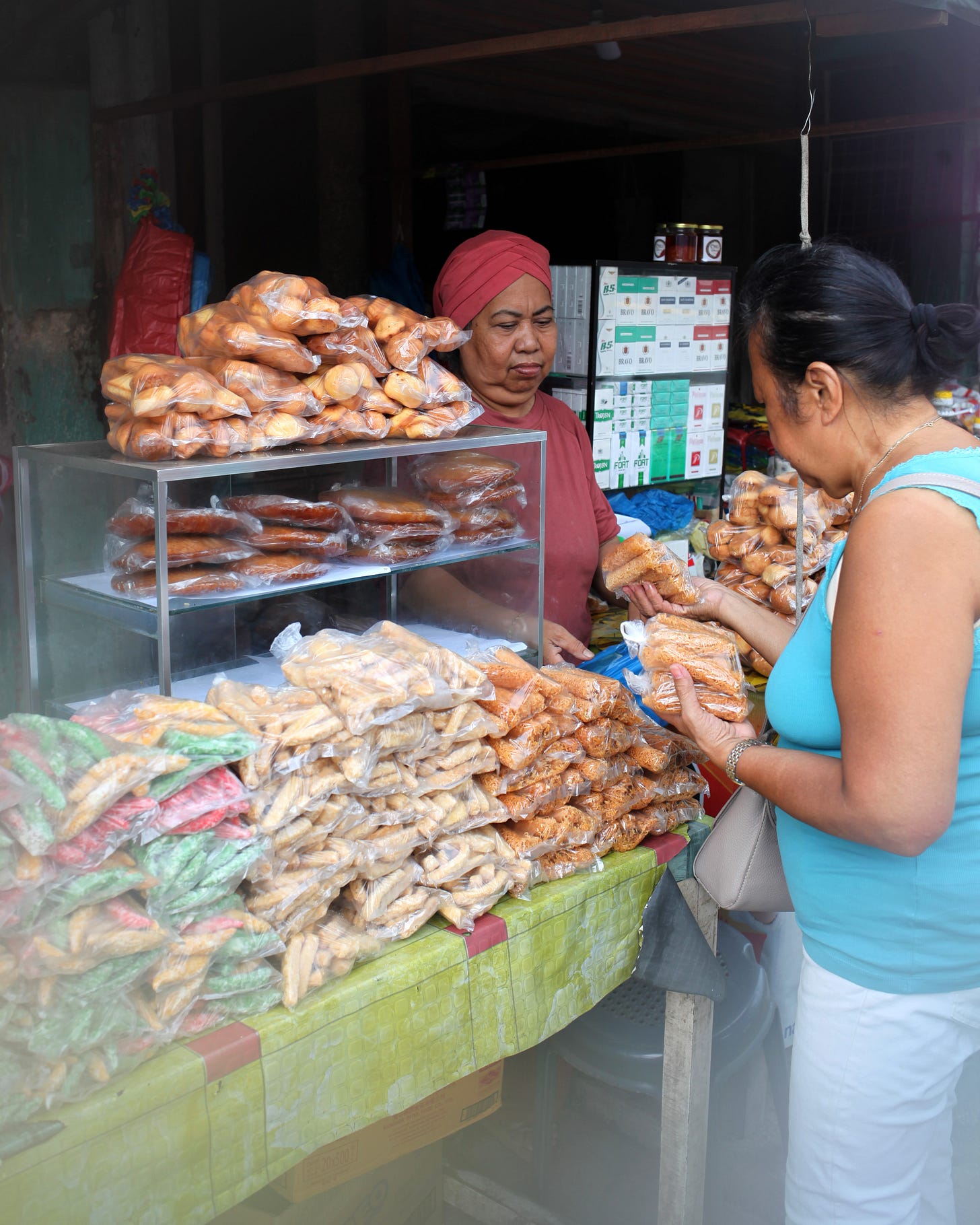


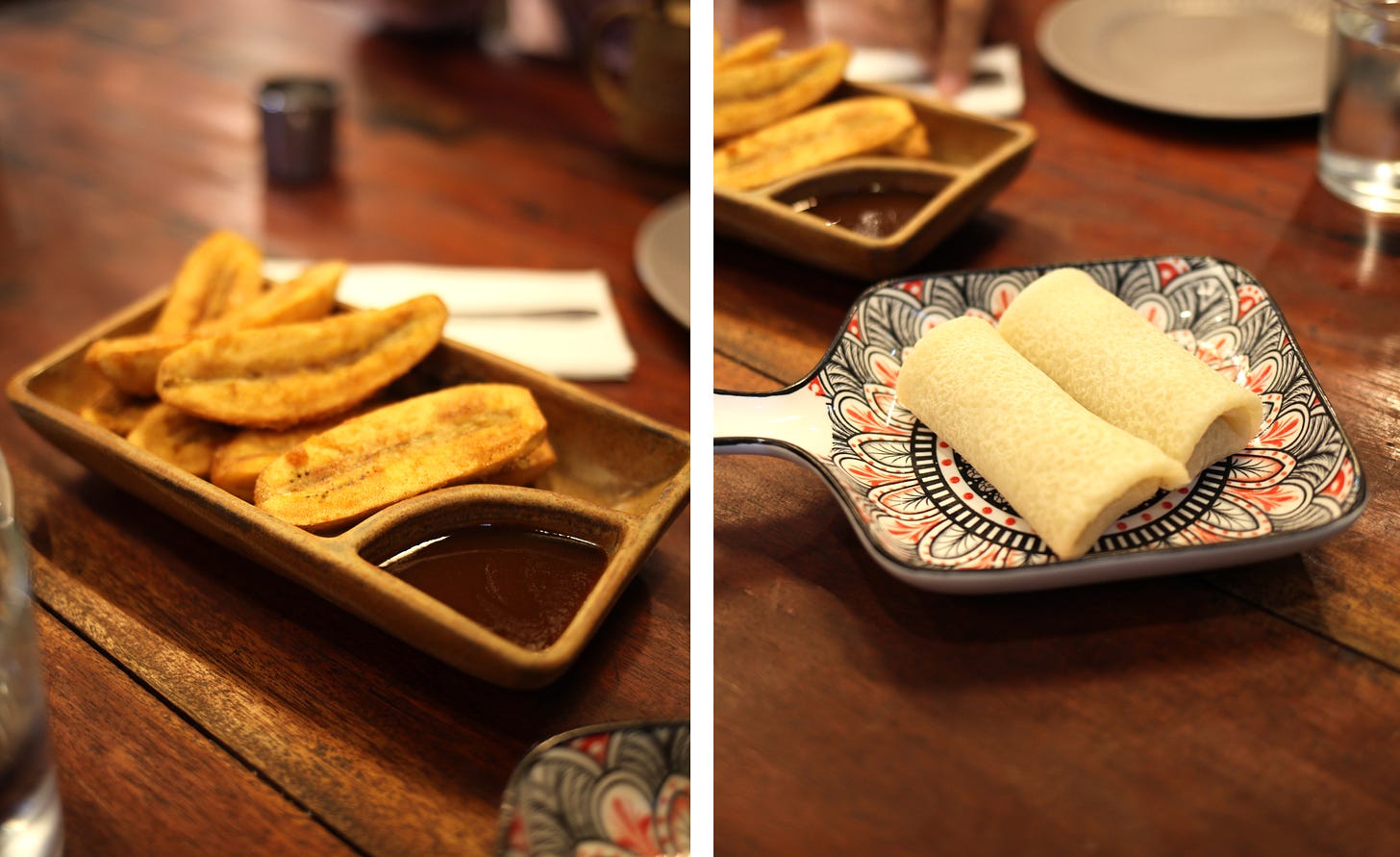
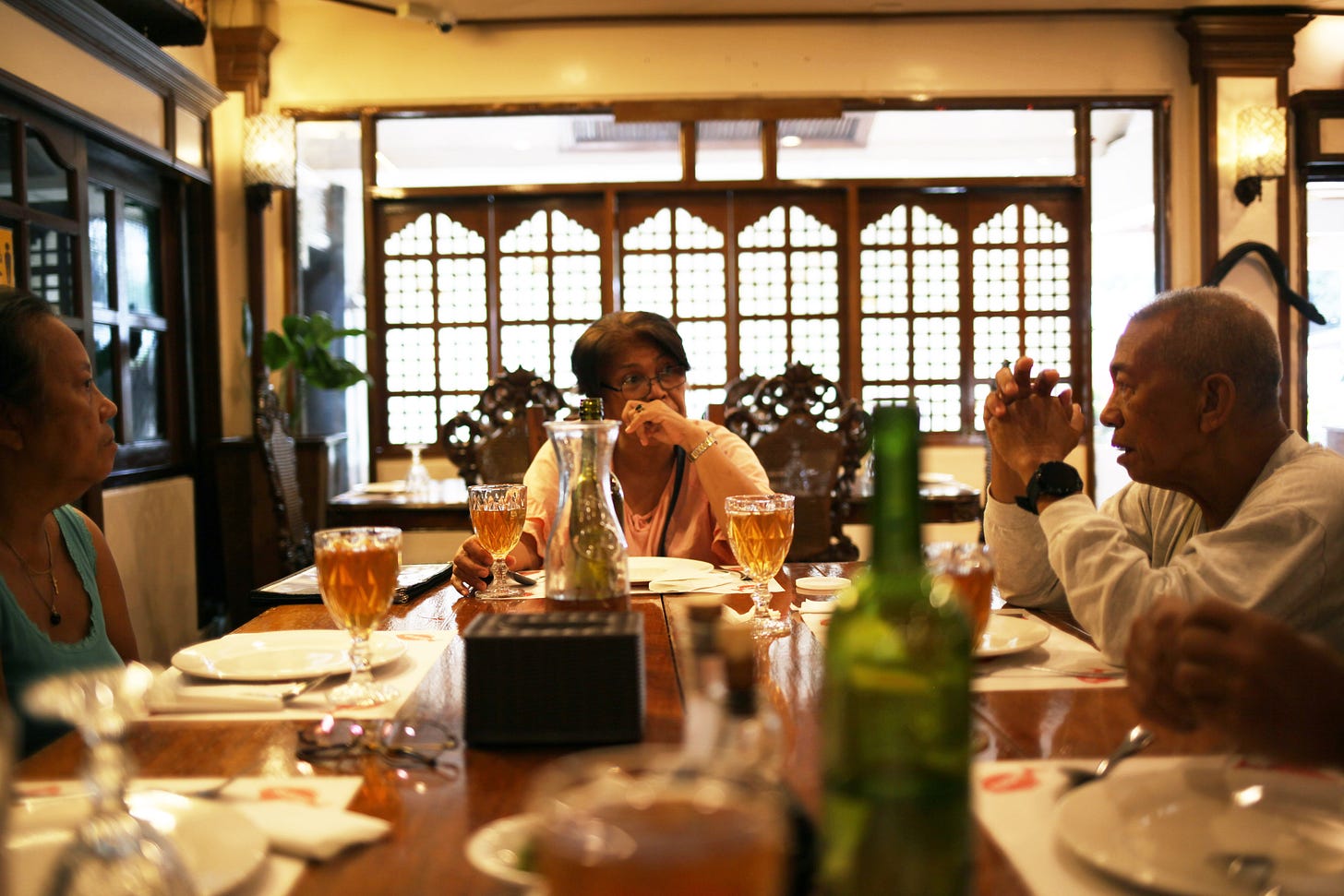
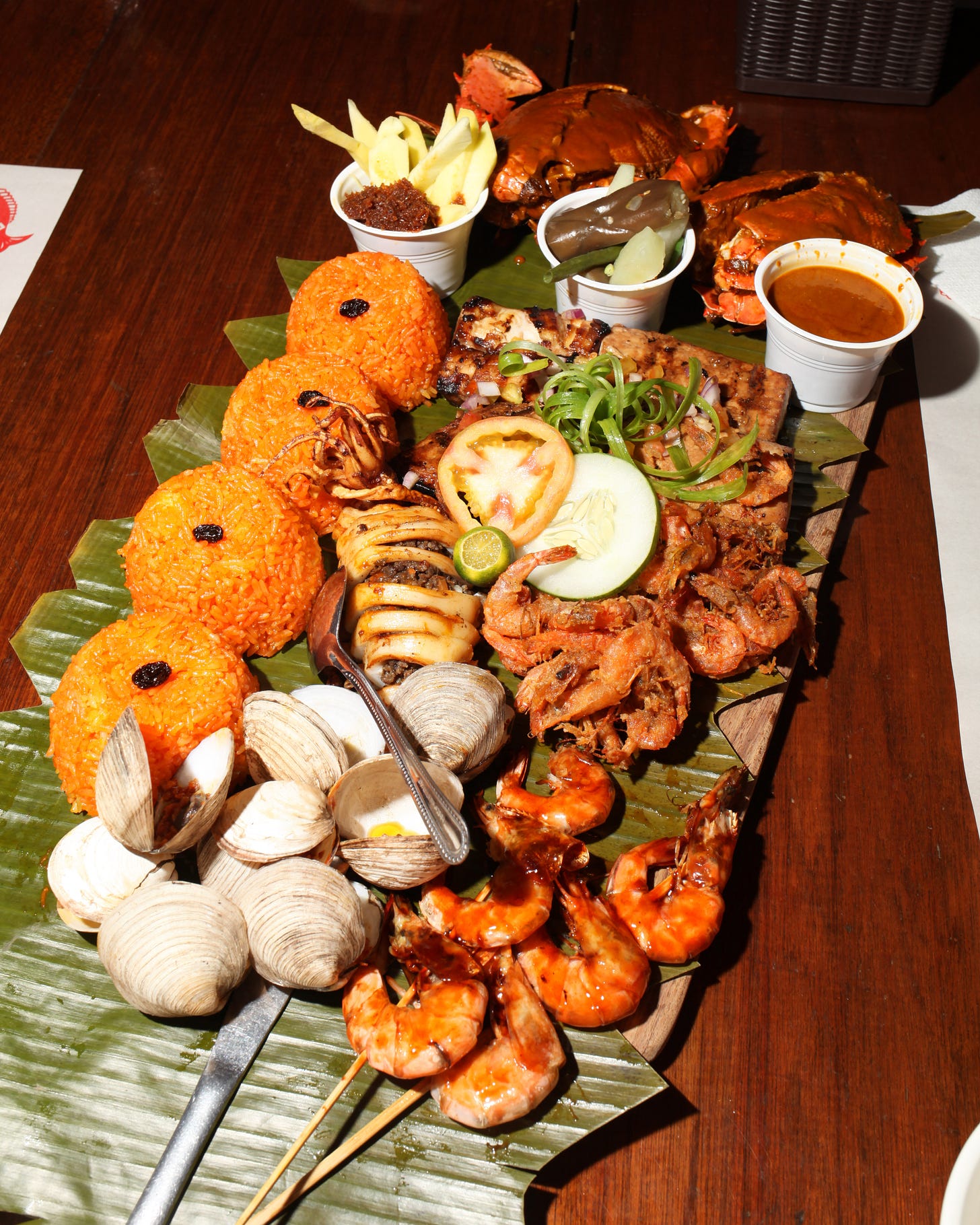

Oh wow Filipino food is so varied, it sucks i cannot get this outside the Philippines because this all looks like stuff I wanna try. I think if this kind of cuisine received its flowers, Filipino food would be given more recognition because the plating, the appearance and the flavors you’re describing sound so good.
Thank you for sharing this. I've traveled to Zamboanga but have never had the chance to try Tausug cuisine. I am looking forward to learning more. The dishes you wrote about sound so delicious. From what you've described, it sounds similar to the Malay cuisine we can access here in Singapore.
I also wanted to thank you for sharing your experience as a mixed kid. As a Mom of mixed kids, it was very eye opening to read about the challenges you had and what my kids will likely encounter with the questions of their identity. Which is pretty much why I do the work that I do. I hope my kids grow up as curious about where they came from as you are!
Looking forward to reading more of your work.